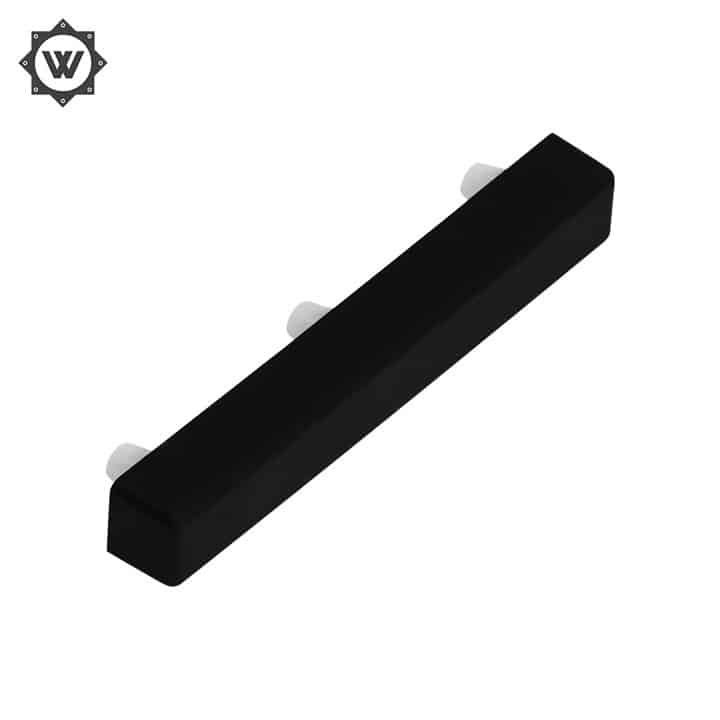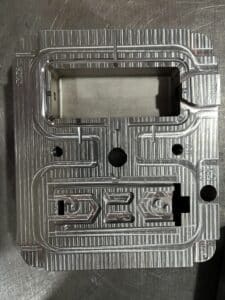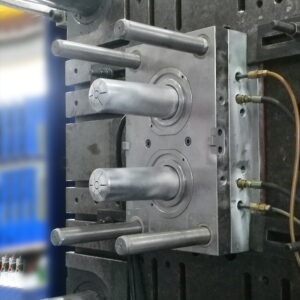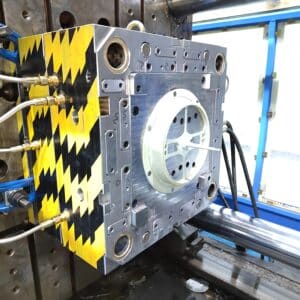Problems easy to occur in overmold during molding
1. Dimensional deviation
When the hard glue is injected first and then the soft glue is injected, it is necessary to understand that the hard glue is shrunk in the mold design, while the soft glue is not shrunk, and the size deviation has a great relationship with mold design and part processing; Secondly, the soft rubber part usually has appearance requirements, and the size requirements are not very strict. It is easy to happen that after the first injection, the second injection molding does not meet the requirements in terms of time coordination. At this time, it is necessary to debug the molding parameters and conversion time of the first mold product to correctly obtain the size requirements.
2. Product die
The overmold is the last thing that the factory wants to see. It usually happens in the practice of two-step injection molding. In the process of placing the semi product of the first injection molding into the second molding mold, the failure to place the product in the specified position, or the product position deviation, is the common reason for the occurrence of the die. Therefore, in the low production efficiency and yield, we can only strengthen the production awareness of employees, or turn to two-color molding production.
3. No package
In order to make the two materials stick tightly, it is better to use special two-color mold materials, and the smooth surface roughness of the mold is also one of the factors. During product commissioning, release agent shall not be used except for startup commissioning to prevent product sticking and plugging.
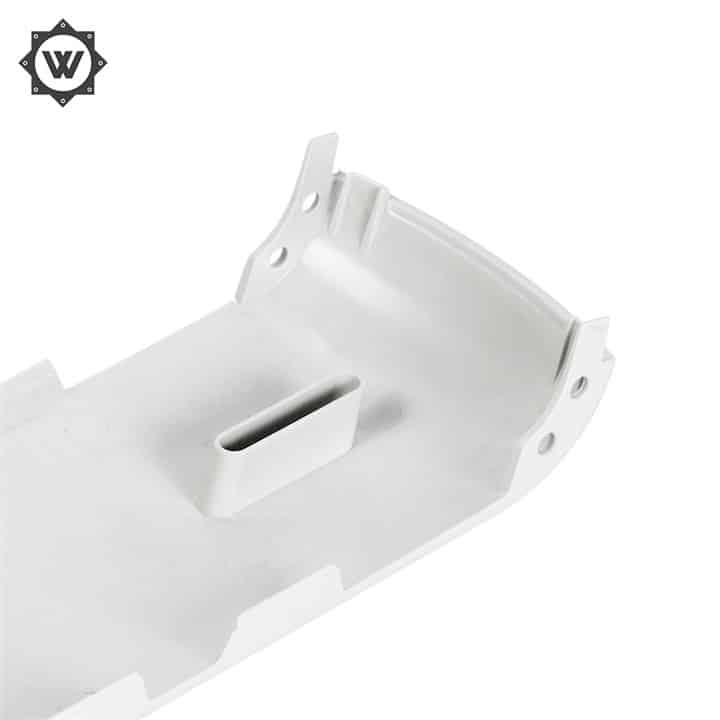
overmolding part
The two-step injection molding method is used. The semi-finished products processed in batches for the first time are not immediately transferred to the secondary molding process. When the semi-finished products are returned to the warehouse for a period of time, the dust on the surface needs to be removed and the preheating treatment at 80 ℃ – 100 ℃ is required to have a better adhesive effect.
4. Lack of glue in secondary molding
In the primary molding, it is necessary to ensure that there is no lack of glue in the product, so as to ensure that the yield can be improved in the secondary molding. However, for secondary molding, the soft rubber of tpe material is usually used for wrapping. Due to the poor fluidity of the material, the finished products are often not tightly wrapped and edge missing. Therefore, the molding parameters need to be re adjusted to maximize the injection time and molding cycle.
5. Primary forming deformation
The barrel temperature value and material selection for secondary molding shall be above the surface melting temperature of primary molding products, and the temperature difference shall be about 20 ℃. Secondly, the pressure holding parameters shall be reduced as much as possible or no pressure holding shall be used during the secondary forming, otherwise the shape of the joint surface may be dislocated or the semi product may be warped once.
6. Long molding cycle
It is a common problem in the rubber coating mold. The main reason for the slow speed is that the working efficiency of the integral two-color mold is higher than that of the split two-color mold and the two-step injection molding.
7. Prebonding die
The problem of sticking the front mold during the secondary molding and injection of tpe soft glue is easy to occur. The draft angle should be larger when designing the mold, and the surface should be etched.
8. Unclear font after glue coating
When we are forming the rubber coating mold with fonts, the fonts or marks are usually not clear, mainly because the font height is too low, which brings great trouble to the process debugging. The standard “pre pressing” value is 0.02~0.05mm higher than the theoretical value. The font of the molded product will be clear.


